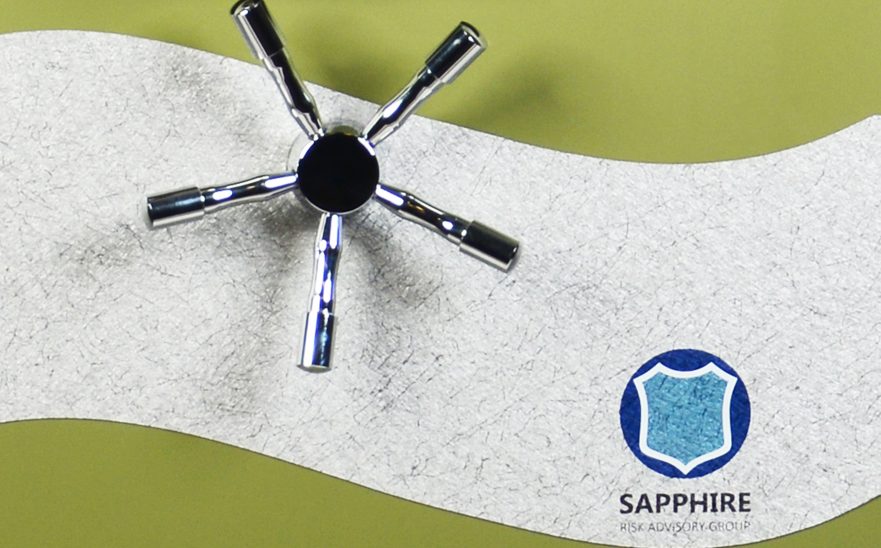Security technology is constantly advancing – especially in the cannabis industry. The cannabis industry has only been around legally for a few years, but, like other high-risk businesses, cannabis business owners are having to learn to proactively monitor and enhance their facility’s security.
Some recent innovations and emerging technologies are changing the ways that cannabis businesses secure their products and facilities. Many of these promising technologies are implemented to strengthen physical security, augment cybersecurity measures, and improve business productivity and efficiency. Designed for high-risk businesses like jewelry stores, these technological advancements are well suited to impact the rapidly expanding cannabis industry.
Video Surveillance as a Service
Many external alarm monitoring companies are also contracted to monitor video surveillance, and cannabis businesses are already required by law to house surveillance equipment and onsite (and sometimes additionally off-site) archives of footage. But this service is only valuable if someone is watching the footage in real-time.
Oftentimes the use of a third-party monitoring company is beneficial. As an already established workforce, these professionals will have already completed training and will have developed best practices and procedures. Outsourcing this service can provide workers without the need for internal HR concerns or insurance issues and can be financially beneficial for many companies.
Although it can be beneficial, the use of third-party monitoring companies is not without its vulnerabilities. It is possible that the third-party company may have a less than reliable operator behind the surveillance controls. And if a burglary occurs, the consequences are on the business’ end and not the third-party. To avoid this potentially detrimental scenario, it would be wise to vet the provider and perhaps speak personally with current or former clients.
Robots and Drones
Drones and robots are showing up in several industries, not only as a supplement to the existing workforce, but also as a replacement for a human employee. Some jobs or tasks are too dangerous to risk human lives (i.e. bomb diffusion), and other jobs can simply be done more efficiently by a robot (i.e. analytical tasks). While drones and robots are still in the early stages, it’s likely that these will become increasingly common in the workplace soon.
While robots are less common in the cannabis industry, businesses like Amazon are already using them for automated retrieval systems and limited deliveries. As the technology advances, their implementation into the cannabis industry could apply to checking in customers and visitors and verifying IDs, managing and controlling inventories, and even cannabis deliveries.
Drones have already made a strong entrance into the cannabis industry, specifically for outdoor cultivations and grows. Drones can effectively monitor security by conducting risk assessments of a property or facility and checking for signs of break-ins or damage quickly without employees physically traveling acres of farmland or into potentially dangerous situations. Drones can also be used to manage crops by counting plants, monitoring plant maturity and growth, or spraying fields. Higher tech drones with AI can also use “Smart Farming” to scan for surface indicators of stress or molds, use analytics to determine cannabis strains, and identify optimal planting and harvest opportunities.
Deep Analytical Tools
Deep analytics occurs when large amounts of information, often from multiple sources, is analyzed and organized to provide key insights into an individual user, group of users, or company as a whole. Deep analytics produces vast amounts of data which can improve everything from a business’ security to its productivity.
Deep analytics can be applied to improve physical security by implementing an additional layer of verification on access-controlled doors and devices. Most cannabis facilities are required by state regulations to implement access control on means of ingress and use either keypads with individual codes or a physical identification card to be swiped. Although unique to each user, compromised user credentials are often the cause of illegal criminal access to restricted facilities. Physical identification cards can be lost or misplaced and codes can be shared, but access systems that analyze additional information to verify authentication when a card or keypad is used offer an extra layer of protection.
Analytics is also starting to be utilized as a means of threat detection and could drastically change the way cannabis businesses secure their facilities. A smart analytics system can use video surveillance to create profiles for employees, customers, and vendors and can examine their actions to identify risky behaviors and potential threats. It’s nearly impossible for any security team to monitor all concerns at all times, but integrating a smart system can improve the ability to detect threats before they occur and can be used following an event to investigate an incident much more efficiently.
Even if a facility is burglarized while security personnel are not on the premises, deep analytics systems are immediately working to apprehend the suspects using user identification and threat detection capabilities. Some systems also utilize smart objects, like GPS enabled containers, that are triggered by removal from the facility and ping their location every few seconds.
Deep analytics creates an extra layer of protection that can secure a facility no matter the time. As technology evolves and the capabilities of potential thieves increases, it becomes even more important to use every tool available to create a secure environment.
Conclusion
Since security technology is continuously advancing, it is important for business owners in the cannabis industry, as well as other high-risk businesses, to monitor these advancements and look for ways to implement them. In the security world, it is better to be proactive than to wait for an incident or robbery to occur. Cannabis business owners shouldn’t rely on existing equipment to secure their valuable products, employees, and facilities, but should constantly be looking for emerging technologies and new ways to stay safe and stay profitable.

